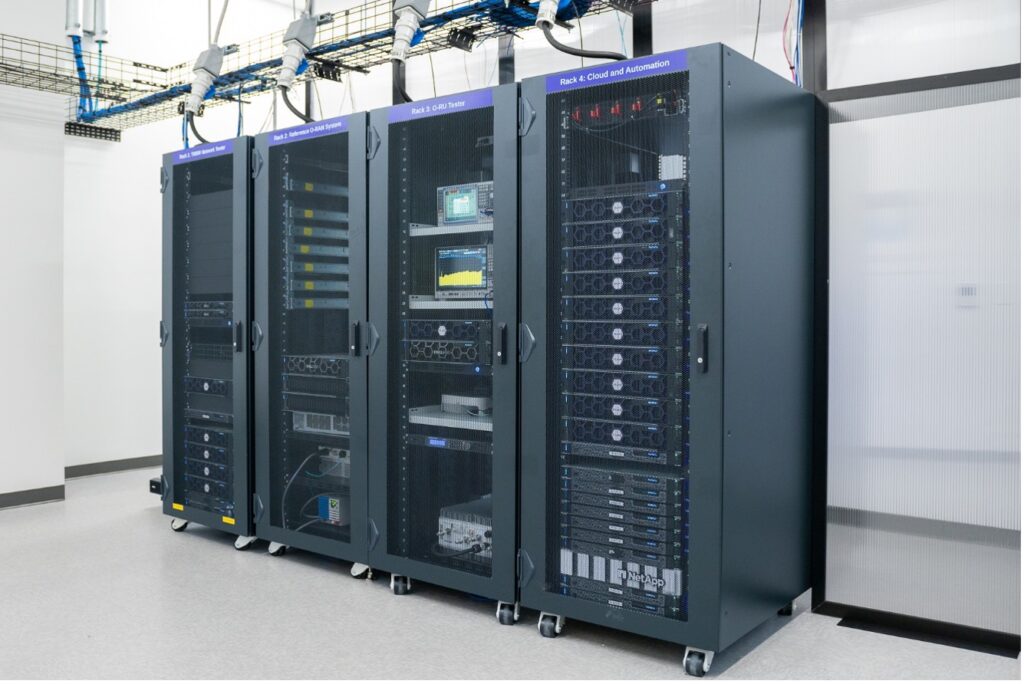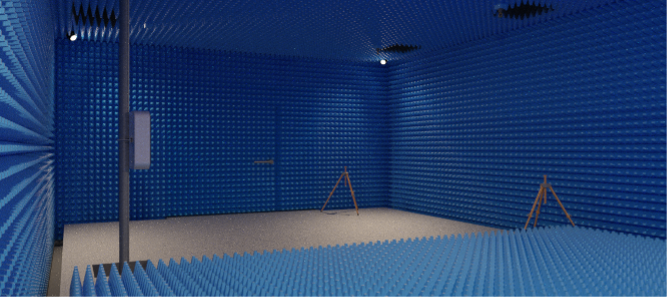Editor’s note: This is Part 2 of a two part contributed article — make sure to read Part 1 here first.
A new approach denoted as Lab-as-a-Service (LaaS) for Open RAN is democratizing testing for emerging Open RAN technology vendors by providing them with rapid access to comprehensive end-to-end and scalable testing for everything from product development to performance stress testing. The highly automated, on-demand ‘pay-as-you-go’ LaaS model reduces the need for extensive in-house testing and accelerates time-to-market by streamlining the development and pre-certification process and better preparing vendors for certification, badging and acceptance tests at Open Testing and Integration Centers (OTICs) and CSP labs.
Test access difficulties
It is possible for companies to use OTICs or commercial test lab services for system verification and pre-certification/pre-badge testing. However, there are only a handful of OTICs that offer such services in limited geographies, with varying levels of test coverage.
Also, while it is important for equipment vendors to support O-RAN Alliance PlugFest events that are held periodically at OTICs, and to connect with initiatives such as the Telecom Infra Project’s (TIP) Test & Integration (T&I) Group, these are not as suited to routine testing for development purposes.
There are gaps in the test services available to smaller companies. Frequent or ongoing testing at an external lab, during product development, is often not viable. Moreover, pre-deployment realistic and commercial grade performance testing is typically not available.
The emergence of hybrid physical and cloud-based Lab-as-a-Service (LaaS) models is helping to address these issues by providing services ranging from cloud-based environments for preliminary testing to extensive multi-cell load and stress testing that have previously inaccessible to smaller vendors.
Introducing hybrid, automated lab as a service
The LaaS model is conceived to be affordable and easily accessible, and is extensively automated. Through it, users effectively get an ‘on-demand’ test lab to use during product development, to make sure equipment performs as required and to prepare effectively for certification and badge tests at an authorized facility. The hybrid testing model comprises both a cloud-based lab portal and access to a physical lab, including provision for pre-deployment realistic and commercial-grade performance testing.
The facilities for this are usually expensive to buy and typically are costly to access through commercial test labs.


LaaS is still in its infancy with broad industry adoption needed. However key steps are being made, in particular TIP recently announced the first authorized test lab for Open RAN: VIAVI Automated Lab-as-a-Service for Open RAN (VALOR), which is funded by the U.S. National Telecommunications and Information Administration (NTIA) Public Wireless Supply Chain Innovation Fund (PWSCIF).
As more LaaS facilities become available, we will start to see unique combinations of services, in addition to a core set of offerings. For example, if we take a look at the first TIP-approved LaaS facility, we can see a hybrid LaaS physical lab and cloud-based infrastructure, which supports flexible deployment and offers realistic, scalable carrier-grade testing, as well as an on-demand test suite that encompasses the entire product lifecycle, from functionality to high-capacity stress tests. The facility undertakes conformance and performance testing for O-RU, O-DU, and O-CU, end-to-end testing, and interoperability testing using both emulated and real equipment – including testing with large numbers of emulated user equipment (UEs), as well as channel conditions and traffic patterns.
And we can also see Massive MIMO and beamforming over-the-air (OTA) performance testing services, with a large 25’ x 35’ anechoic chamber in construction, and vulnerability testing such as denial of service (DoS), fuzzing, open fronthaul (OFH) interface testing, port scanning and O-CLOUD security.
This allows the LaaS facility to be complementary to most current existing industry testing labs, helping relieve authorized facilities of labor-intensive development testing and giving vendors a greater certainty of passing the official tests which, in turn, helps accelerate time-to-market for new products.
Conclusion
The Open RAN initiative has succeeded in bringing modularity to the mobile radio-access network infrastructure, establishing standardized interfaces that effectively promote interoperability between equipment from different vendors. Allowing various innovators to contribute different pieces of the puzzle frees network operators from vendor lock-in and makes the RAN equipment market more accessible to industry players across the spectrum, from startups to bigger players.
However, while the move can foster competition and innovation, practical challenges can dissuade smaller companies from entering. Setting up a lab for development, pre-certification/badging and pre-deployment testing is expensive and access to commercial lab services is sparse.
Hybrid on-demand Lab-as-a-Service models, such as the VIAVI VALOR facility, which is funded by the NTIA Public Wireless Supply Chain Innovation Fund, address these shortcomings with a combination of online and real-world services that leverage extensive automation for cost-effectiveness and conform to all applicable O-RAN Alliance and 3GPP specifications.

